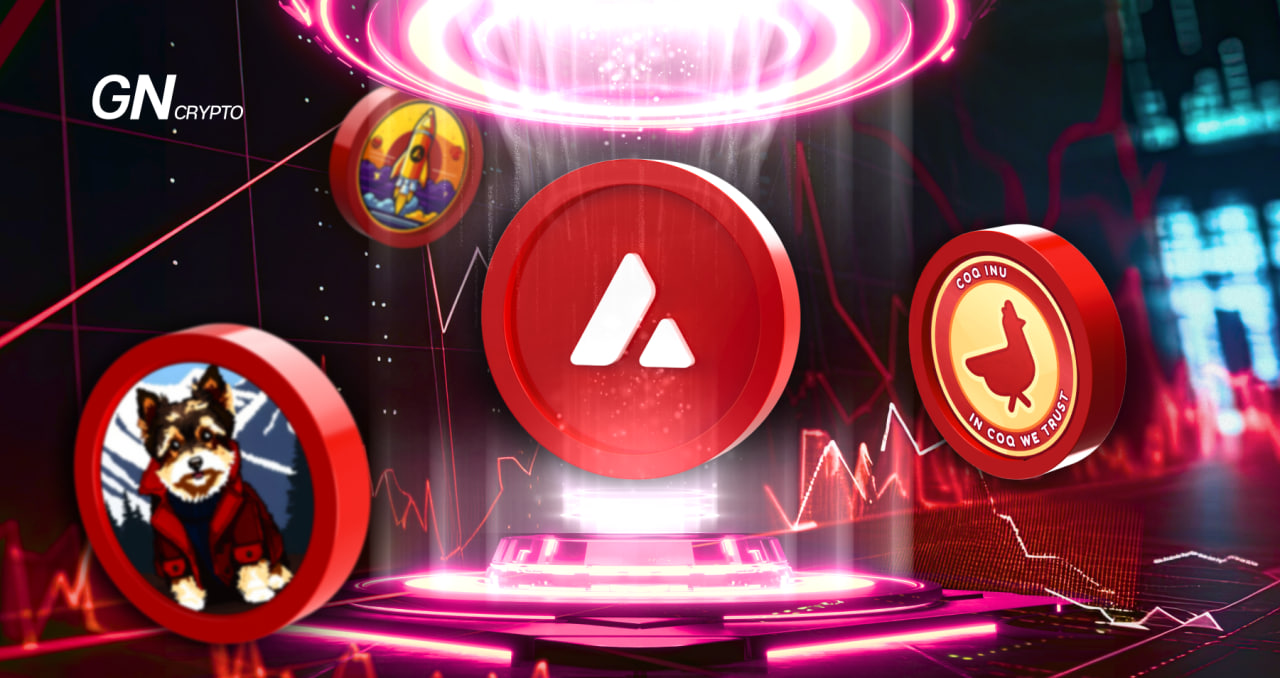How Avalanche Foundation Selects Meme Coins for Investment

Meme coins are cryptocurrencies inspired by memes, jokes, or humorous characters. While these assets may lack obvious blockchain value, they still attract attention from significant investors like the Avalanche Foundation.
On this page
In late 2023, the Avalanche Foundation initiated the Culture Catalyst program to enhance opportunities for artists, boost innovation, and encourage widespread cryptocurrency adoption. The initiative aims to enrich the Avalanche ecosystem by fostering artistic and cultural expression on the blockchain.
Besides DeFi, RWA (real-world assets), and NFTs, the meme coin sector (DOGE, SHIB, BONK, etc.) has carved its place in the crypto industry. These tokens transcend payment utility, embodying the spirit and collective interests of the crypto community.
Avalanche Foundation plans to leverage Culture Catalyst to encourage the joy brought by meme coins, purchasing individual assets, and investing in similar projects. Their selection process hinges on multiple criteria, including liquidity, project inception date, token distribution, and more.
Meme Coin Selection Criteria
Last month, Avalanche Foundation's investment strategy drew criticism as potentially wasteful. However, the foundation views meme coins as sources of “community value” and “engagement,” categorizing them within the broader “community tokens” asset class.
The foundation takes this seriously and intends to refrain from investing indiscriminately. In explaining why it made its selection criteria public, the foundation stated:
The purpose of disclosing the eligibility criteria here is to enunciate the Foundation’s values and provide direction to the community.
These criteria also aim to identify meme coins showing stability, promising growth potential, and adherence to best practices. Here's a closer look at each criterion, detailed by the Avalanche Foundation's team on their blog.
Fair Launch. To be fairly launched, meme coins should use an effective token sale model via ICOs, adhering to criteria such as:
- Developers shall not control the meme coin's smart contract;
- Initial liquidity burned or locked;
- Limiting purchase amounts per user (crypto wallet) to deter large players;
- No token allocation for the team.
The foundation emphasizes resistance to sniper bots and front running, possibly through whitelists of genuine community members, like Avalanche NFT holders, Avvy domain owners, active Avalanche subnet participants, and AVAX holders.
Security. Project creators must ensure robust security tools throughout development, including smart contract vulnerability checks, audits, and employing services like Dex Screener for alerts.
Token Holder Count. A meme coin must be distributed among a substantial user base to qualify as a “community token.” The foundation considers a standard of at least 2,000 unique owners.
Concentration. No large player (excluding centralized exchanges) should hold more than 60% of the total token supply.
Liquidity. Meme coins must have an initial liquidity pool of at least $200,000 or equivalent. The project should also feature over 50 liquidity providers to distribute trading influence.
Lifespan. Meme coins should exist for a minimum of 1 month, a duration the foundation believes is sufficient for community familiarization.
Capitalization and Trading Volume. Projects should have an FDV (fully diluted valuation) of over $1 million and an average daily trading volume of at least $100,000.
Despite precise values for each category, compliance doesn't guarantee the foundation's investment. The foundation may consider other undisclosed factors.
Final Words
Investing in meme coins is one of the most speculative activities in the crypto industry. Even meeting all listed criteria doesn't assure a project's success. Nonetheless, they could be a useful addition to the token selection process.
Remember, risk management and personal research are crucial before investing! This article is not an investment recommendation.
The content on The Coinomist is for informational purposes only and should not be interpreted as financial advice. While we strive to provide accurate and up-to-date information, we do not guarantee the accuracy, completeness, or reliability of any content. Neither we accept liability for any errors or omissions in the information provided or for any financial losses incurred as a result of relying on this information. Actions based on this content are at your own risk. Always do your own research and consult a professional. See our Terms, Privacy Policy, and Disclaimers for more details.

























